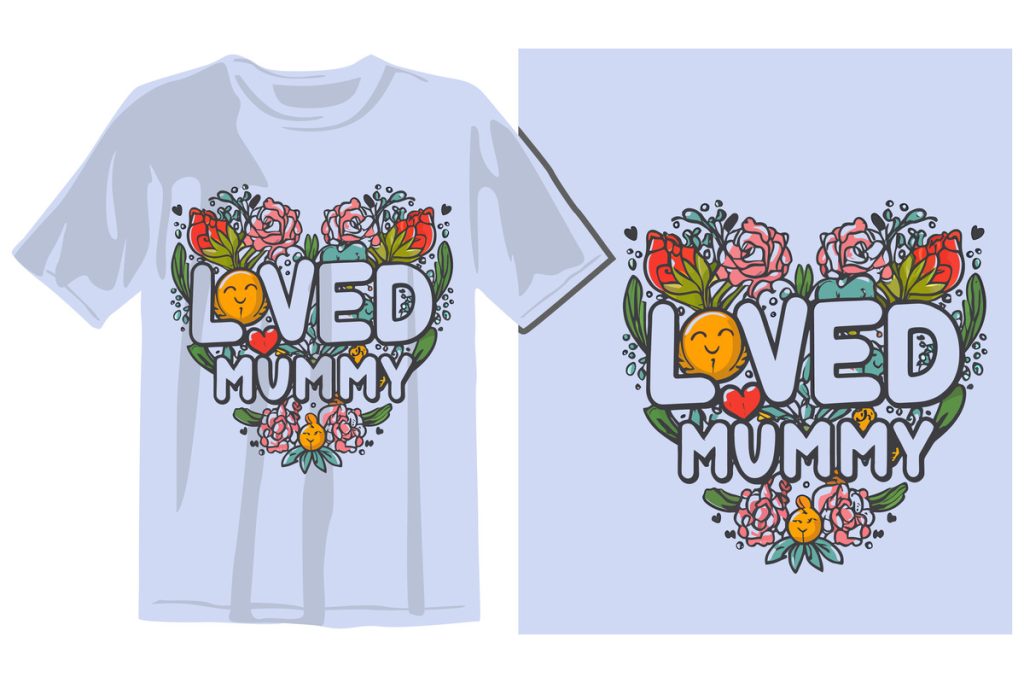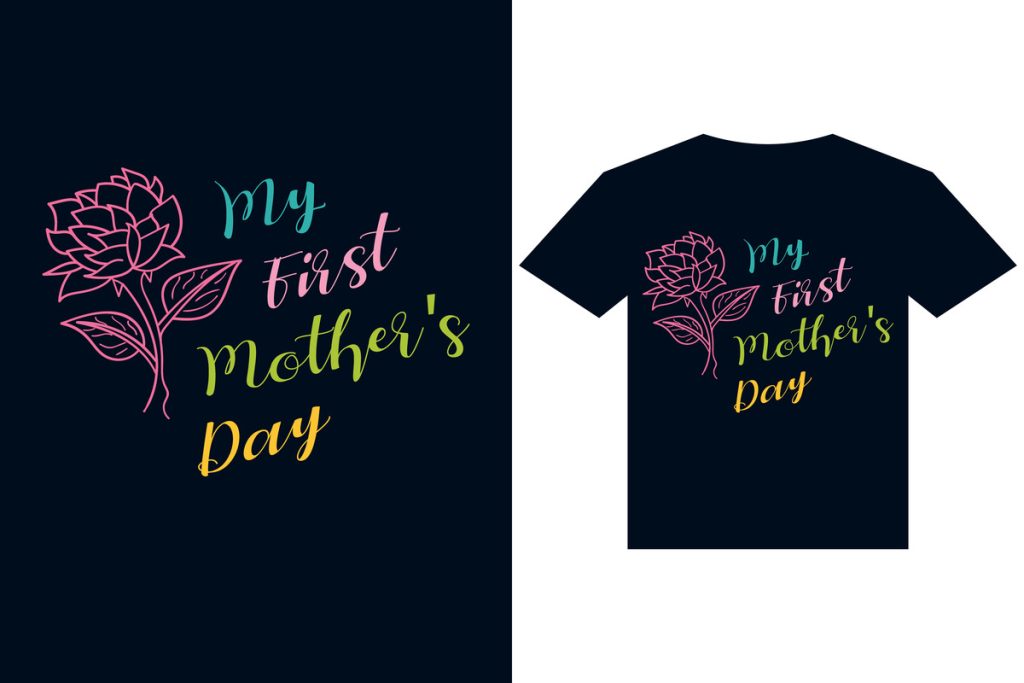DTF Transfers, or Direct-to-Film transfers, have emerged as a game-changer in the world of garment decoration, offering vibrant designs with unprecedented detail. This innovative printing technology allows enthusiasts and professionals alike to create stunning apparel that stands out. However, for those just starting their journey in DTF printing, navigating the process can be daunting without guidance. Common mistakes in DTF printing, such as using low-quality materials or improper heat settings, can lead to disappointing results and wasted resources. This introduction will explore essential DTF printing tips and techniques to help beginners avoid pitfalls and achieve high-quality prints.
Direct-to-Film decoration techniques represent an exciting advancement in the fabric printing landscape, allowing for rich color applications and intricate imagery. Often referred to as DTF transfers, this method revolutionizes how custom designs are applied to textiles compared to traditional screen printing methods. For novices entering this domain, understanding the nuances of the DTF printing process, including avoiding common beginner pitfalls, is crucial for success. From selecting quality inks to mastering the heat press settings, knowing the best practices can greatly enhance print outcomes. This guide will provide insights and advice tailored to help newcomers excel in their DTF endeavors.
Getting Started with DTF Transfers: Essential Tips for Beginners
For those new to Direct-to-Film (DTF) transfers, the journey can be both exciting and daunting. As a beginner, it’s crucial to familiarize yourself with the basic principles of DTF printing, which includes understanding the equipment, materials, and processes involved. Begin by investing in a high-quality DTF printer, as this will be the backbone of your printing endeavors. Research various films and inks designed specifically for DTF printing—using these specialized materials can significantly enhance the quality and durability of your prints.
Additionally, practice is key when getting started. Don’t hesitate to experiment with different designs and settings on scrap fabric before moving on to your main projects. This preliminary step allows you to fine-tune your heat press settings, pressure, and timing without the pressure of potentially ruining your final pieces. By adopting these basic tips, you can set a strong foundation in your DTF printing experience.
The DTF Printing Process Explained
Understanding the DTF printing process is essential for achieving quality results. The journey begins with printing your design onto a special transfer film coated with adhesive. This film is crucial as it captures the intricate details and vibrant colors that DTF printing is renowned for. After printing, the film must be heat-pressed onto your chosen fabric for a set duration to ensure proper adhesion. This process allows the inks to blend into the fabric fibers, which enables long-lasting prints.
It’s imperative to follow the recommended temperature and time settings for your specific printer model and fabric type. For instance, cotton fabrics generally require different heat settings compared to polyester materials. Because of these differences, ensure you have a clear understanding of the specifics laid out by your printer’s manufacturer. The attention to detail in the printing process can dramatically impact the quality of your final product, resulting in prints that are not only beautiful but also durable.
Avoiding Common Mistakes in DTF Transfers
Beginners often encounter a range of common mistakes that can hinder their DTF printing success. One of the most significant pitfalls is using low-quality transfer films and inks to cut costs. However, such materials can lead to poor print quality and durability, resulting in fades and peeling. It’s essential to invest in reputable brands known for their high standards in DTF materials. Doing so will not only ensure your designs look vibrant but will also stand the test of time.
Another common mistake revolves around neglecting the pre-treatment of fabrics. Many new users assume this step is unnecessary; however, treating garments with a suitable pre-treatment solution can vastly improve the adhesion of the DTF transfer. Additionally, understanding and following the specific heat press settings recommended by your printer’s manufacturer is vital. Inadequate pressure or temperature can lead to incomplete transfers, thereby compromising the quality of your prints.
Heat Press Settings: A Beginner’s Guide
For optimal DTF printing results, mastering your heat press settings is crucial. Each heat press model may require specific temperature and pressure adjustments, and failing to adhere to these guidelines can result in unsatisfactory prints. Beginners should consult their printer’s manual to ascertain the correct settings for various fabric types. Additionally, adjusting settings based on factors like fabric thickness and texture can lead to more consistent outcomes.
It’s wise to perform test prints on similar fabrics before committing to your final product. Running preliminary tests allows you to test the heat settings to find what works best for your specific situation. Even seasoned printers continuously refine their techniques through such practices, ensuring high-quality results every time. Remember, patience and precision are your best allies in achieving the ideal DTF print.
Patience is Key: Cooling Times in DTF Transfers
One often overlooked aspect of DTF printing is the importance of allowing proper cooling times after applying a transfer. Many beginners, eager to see their results, may rush this process. However, allowing the transfer to cool down for the recommended duration will ensure that the design adheres perfectly to the fabric. If you prematurely peel the film, it can lead to misalignment or peeling of the transfer, severely affecting the overall appearance.
Taking the time to let your prints cool properly can mean the difference between a professional finish and a disappointing one. Understanding this step, and knowing when to peel away the transfer film, can significantly impact the longevity and quality of your final product. A little patience will allow the colors to set beautifully, providing an outcome that you can be proud of.
Maximizing Success with DTF Printing Tips
To further your DTF printing knowledge, it helps to familiarize yourself with various tips and techniques from experts in the field. Engaging in online forums dedicated to DTF transfers can be extremely beneficial. Here, you can ask questions, share your experiences, and glean insights from others who have navigated similar challenges. These shared stories and tips can pave the way toward mastering the craft more quickly.
Also, consider keeping an organized log of your printing trials and errors. Documenting your settings and results allows you to learn from mistakes and refine your technique. Over time, this practice can help you identify what works best for your specific setup, leading to improved outcomes in your projects. With continuous learning and application of feedback, your DTF printing skills will advance beyond beginner status.
Frequently Asked Questions
What are the common mistakes in DTF transfers that beginners should avoid?
Beginners in DTF transfers often make several mistakes, such as using low-quality films and inks, ignoring pre-treatment requirements for fabrics, incorrect heat press settings, and forgetting proper cooling times after the transfer application. Avoiding these errors can significantly enhance the quality of your prints.
What DTF printing tips can help beginners improve their results?
To improve DTF printing results, beginners should invest in high-quality inks and films, ensure proper pre-treatment of fabrics, accurately set heat press temperature and pressure, and allow adequate cooling time before removing the backing. Conducting test runs on scrap fabric can also help in perfecting these techniques.
How does the DTF printing process work?
The DTF printing process involves printing designs onto a specially coated film, which is then heat-pressed onto the garment. This method is versatile, as DTF transfers can adhere to various fabric types and allow for vibrant designs, making it distinct from other methods like DTG printing.
What are essential DTF transfer techniques for beginners?
Essential DTF transfer techniques include selecting quality materials, pre-treating your fabric for better adhesion, using the correct heat press settings, and maintaining patience during the cooling process. Following these techniques will ensure a smoother and more professional finish.
What should I know about DTF printing for beginners?
DTF printing for beginners involves understanding the DTF transfer technique, common mistakes to avoid, and the importance of quality materials and accurate heat application. Newcomers should familiarize themselves with specific guidelines from their DTF printer’s manufacturer to achieve optimal results.
How can beginners learn more about DTF printing?
Beginners can enhance their DTF printing skills by participating in online forums, social media groups, and workshops dedicated to the craft. Engaging with the DTF community allows them to share experiences, gain insights, and learn valuable tips for successful printing.
| Key Point | Description |
|---|---|
| Understanding DTF Transfers | DTF printing involves applying designs onto a coated film for transfer to fabric using heat, offering flexibility and vibrant colors. |
| Common Mistakes | 1. Using low-quality films/inks can lead to fading. 2. Ignoring pre-treatment can affect adhesion. 3. Incorrect heat settings can damage designs. 4. Skipping cooling time before peeling can ruin prints. |
| Tips for Success | 1. Perform test runs on scrap fabrics. 2. Engage with online communities for tips. 3. Follow your printer’s specific guidelines closely. |
Summary
DTF Transfers provide an innovative solution for customizing garments, but beginners must be aware of key pitfalls to ensure successful outcomes. By focusing on using high-quality materials and adhering to recommended settings and pre-treatments, one can avoid common mistakes that can compromise the quality of prints. Patience and practice, coupled with insightful community engagement, can significantly enhance the DTF transfer experience, leading to vibrant, durable designs that stand out.



